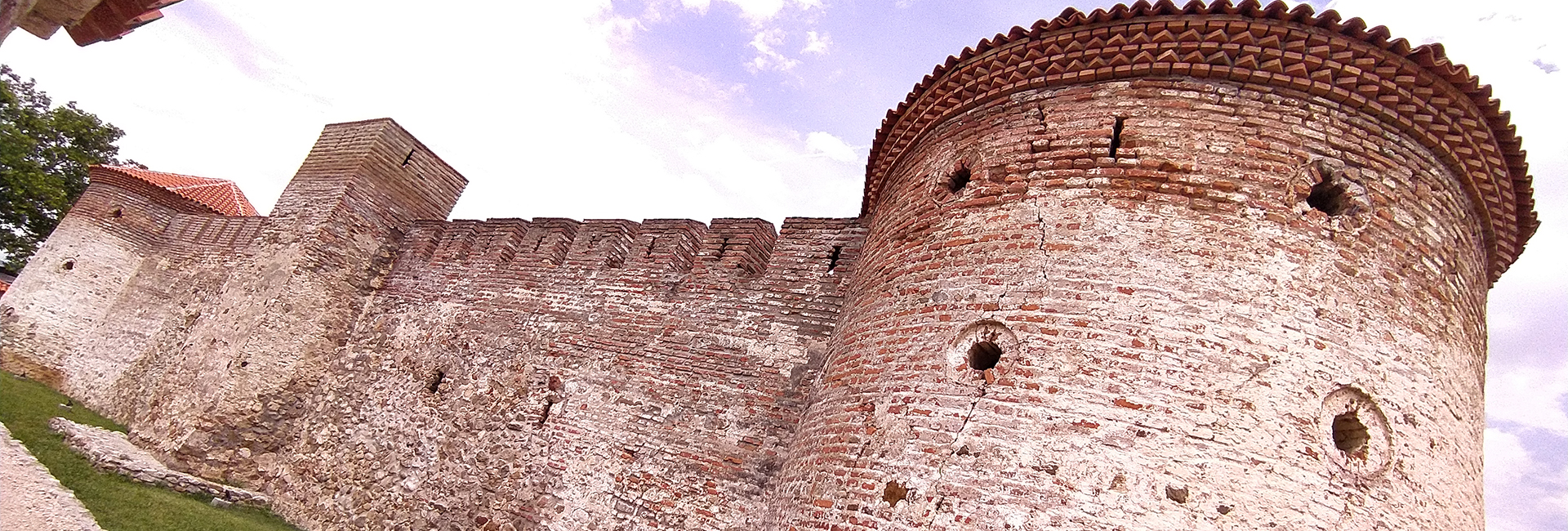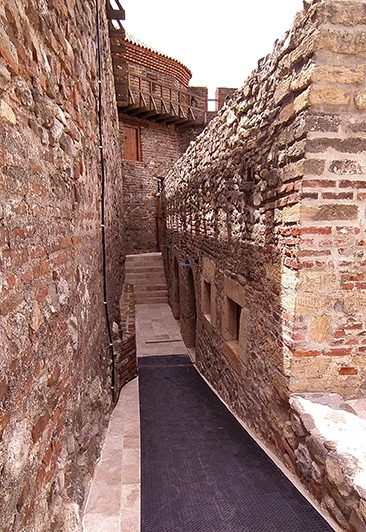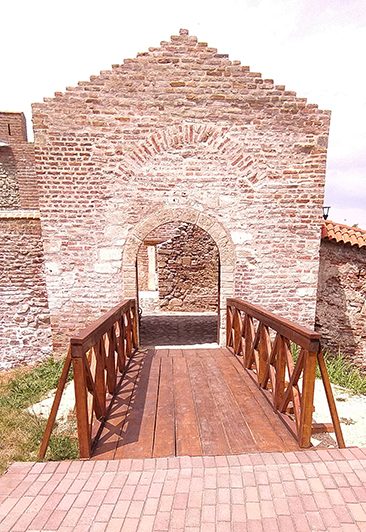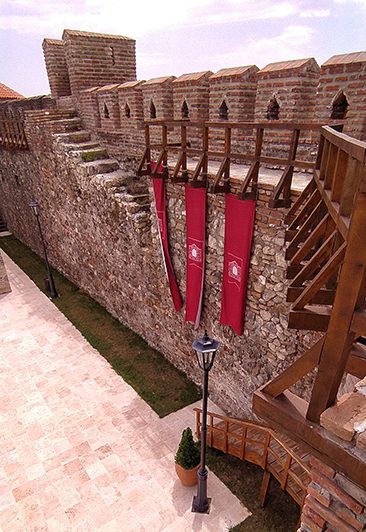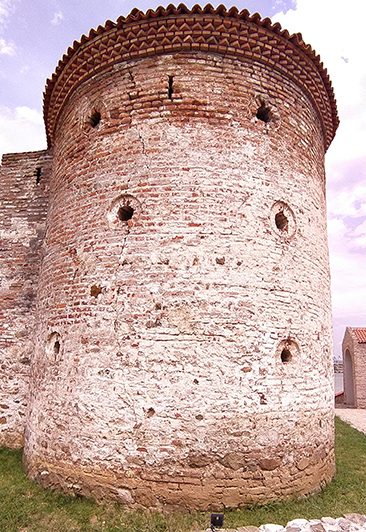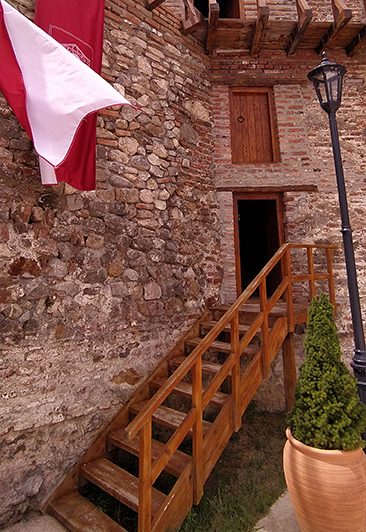Fetislam is made up of two fortifications, known as the Greater and the Lesser Fort, built separately in different epochs.
The Lesser Fort, built as a fortified manor house, was erected in 1524 by the Ottoman official Bali-bey as a starting point for the military campaign into Europe undertaken by Suleiman the Magnificent.
That’s when the fortress got its name Fetislam, from the Turkish Fetih-űl-Islam, meaning “the conquest of Islam”. It comprises two sections: the upper one and the one placed on the river bank. The Lesser Fort is located right up against the northern wall of the Greater Fort.
The Greater Fort grew out of the necessity to further fortify the military garrison of the Lesser Fort with outer ramparts, moats and new entrances: three main gates with drawbridges.
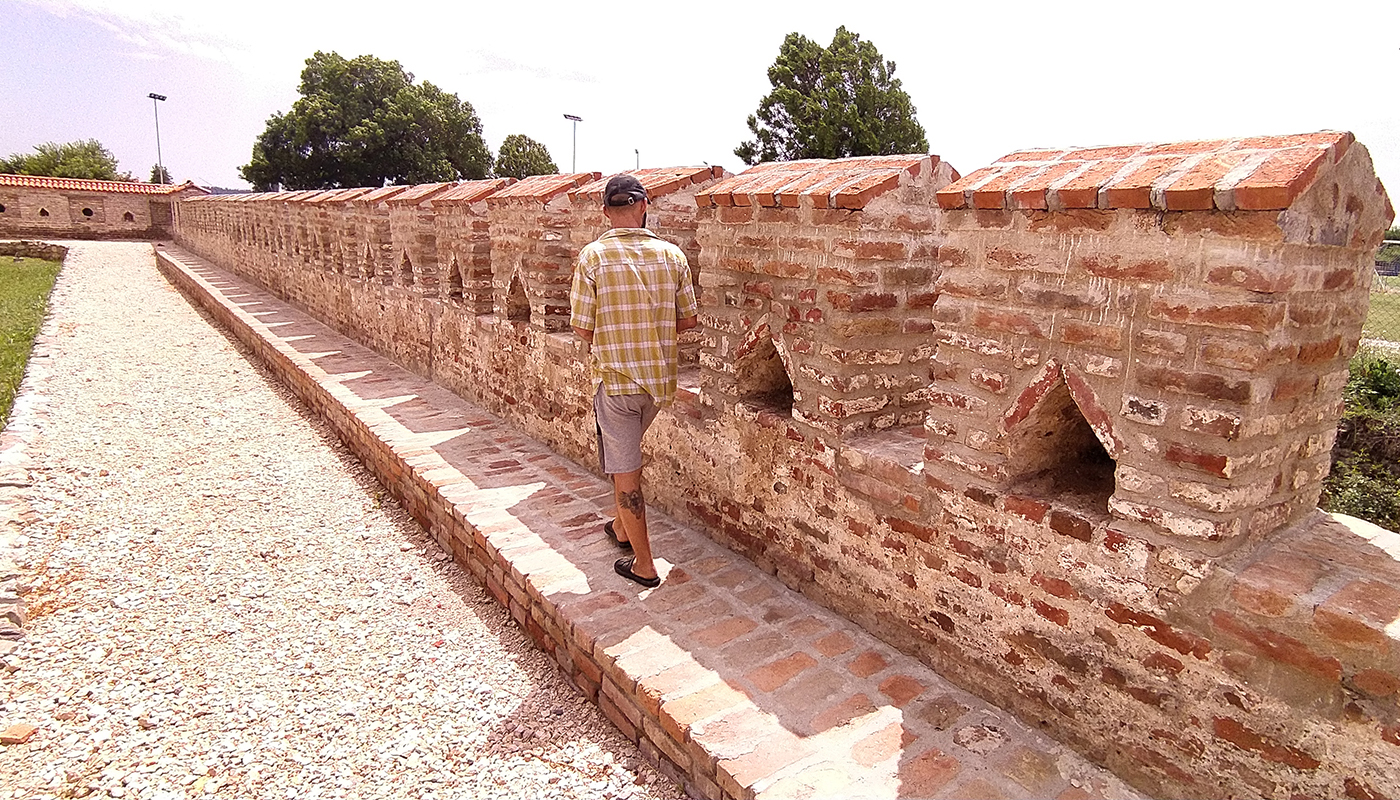
The Ottoman Turkish military vacated Fetislam in 1867, along with other fortifications in Serbia.
The main gate and ramparts remain an interesting example of fortification architecture. Another curiosity can be found in the additional protections of the walls. They are covered with a thick layer of earth and vegetation, presumably as protection against fire, but also for thermal insulation.
The Ottoman Turkish military vacated Fetislam in 1867, along with other fortifications in Serbia. The exact date when this fortress was handed over to the Serbian authorities was 26 April, which is now observed as a local commemoration day in Kladovo.
Today, the park inside the walls of Fetislam is used for recreation and relaxation, while the Summer stage in the Lesser Fort serves as a venue for events pertaining to art and culture.
Stories
-
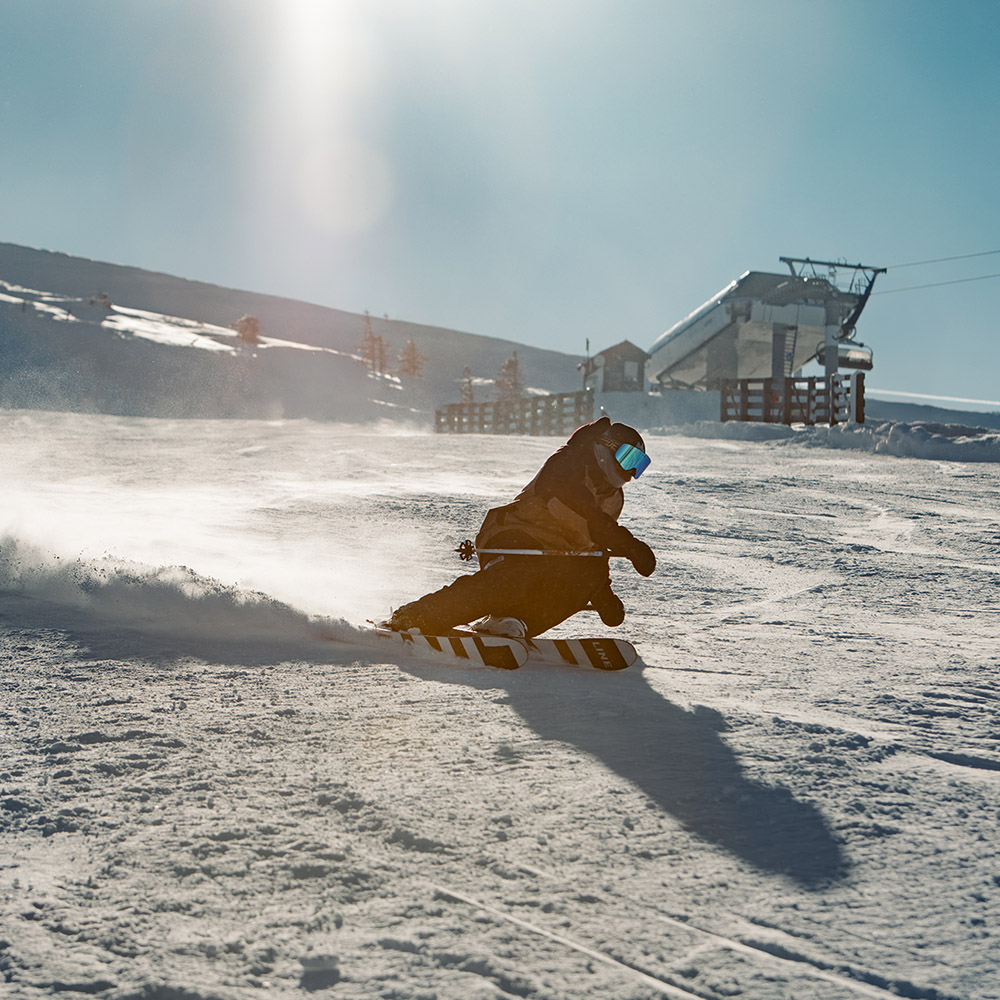
A Winter Tale to Remember
by NTOSIf you have been looking for a place where children learn to love snow, adults learn to slow down again, and the day lasts long...
Read more -

BELGRADE CLUBBING – presenting DJ MA...
by NTOS"When they ask me what kind of DJ I am – I say Versatile"
Read more -
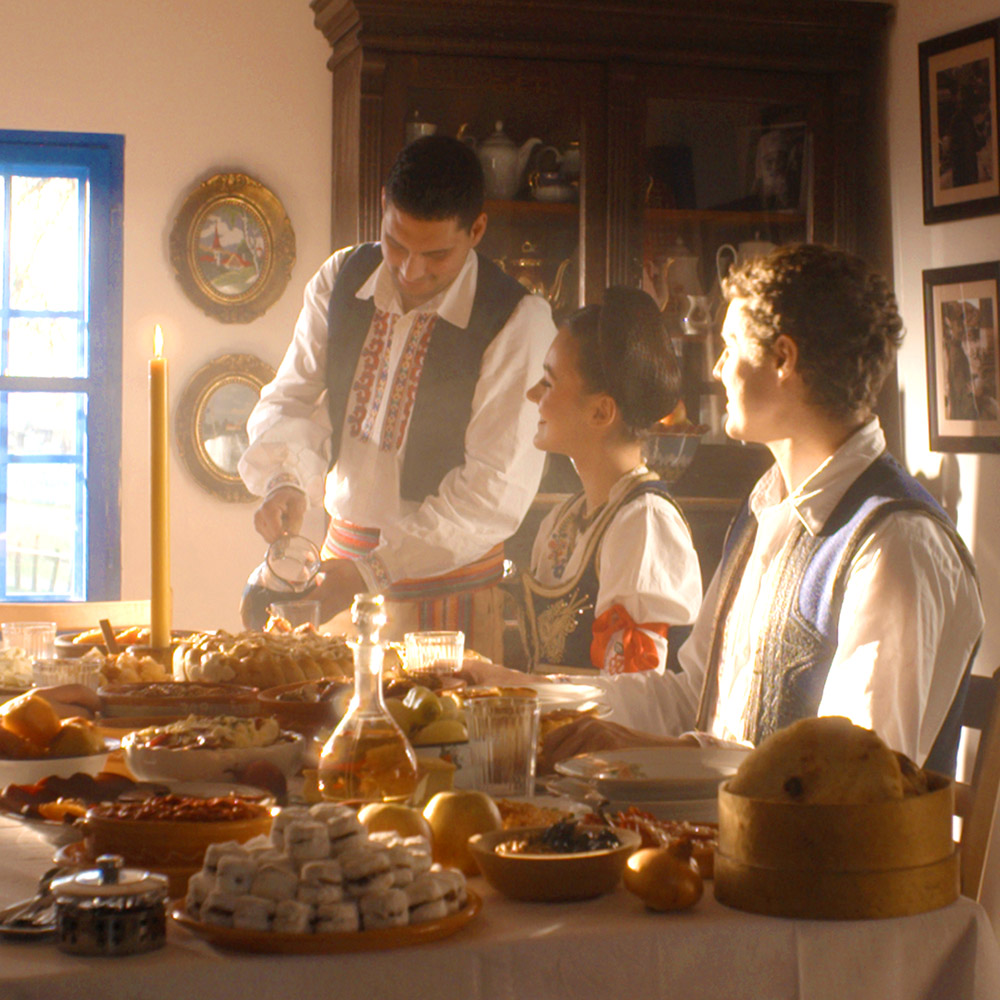
Serbian Slava – the family celebrati...
by NTOSFor a traveler who enters a home on the day of Slava for the first time, the initial impression is the feast
Read more -
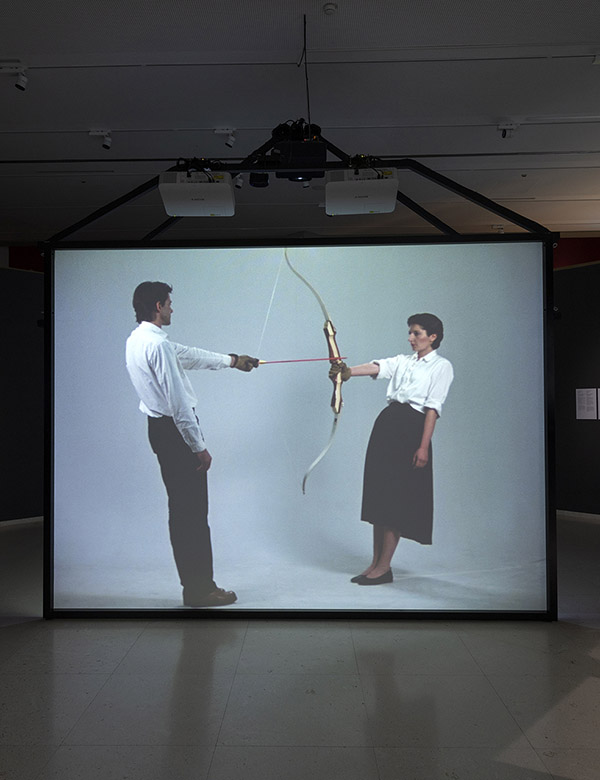
The Crystal at Ušće That Guards the ...
by NTOSThroughout the decades, the Museum of Contemporary Art has hosted numerous important artists, but one exhibition echoed more than any other
Read more -
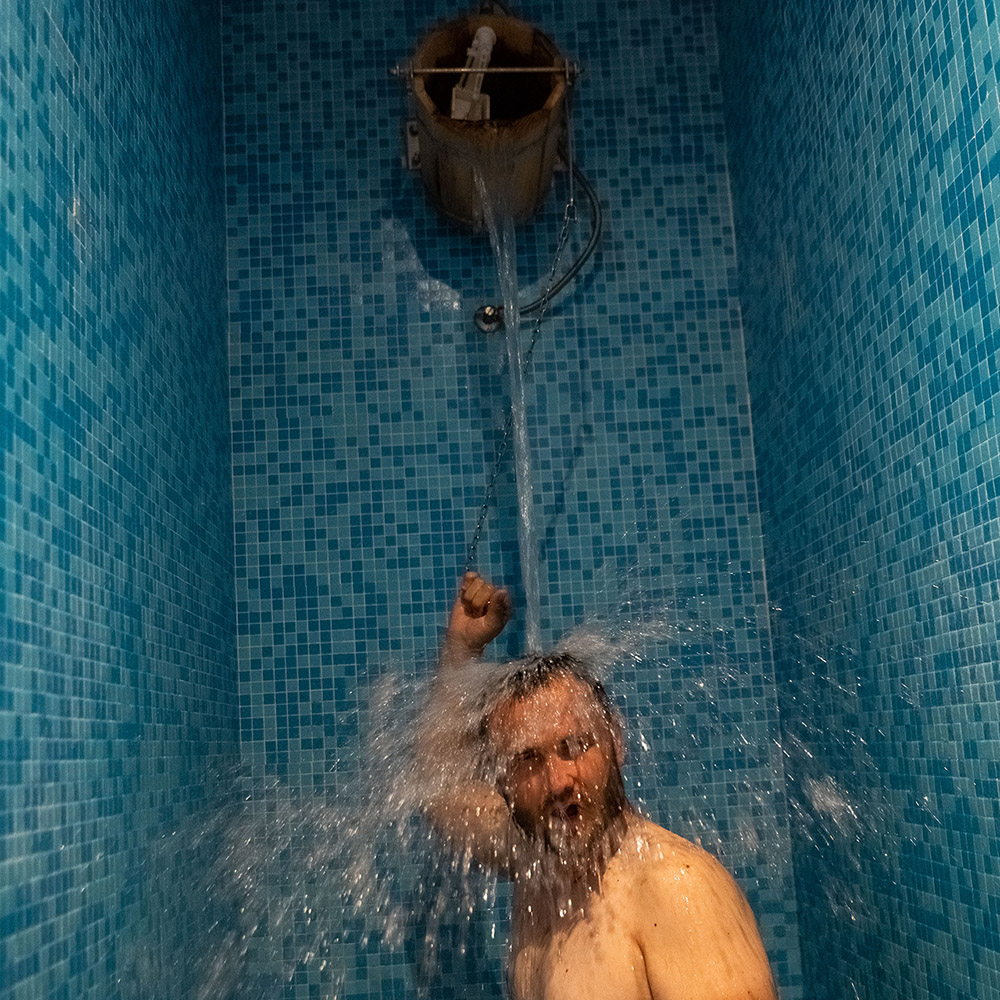
Wellness – the Perfect November Paus...
by NTOSEvery Serbian spa awaits discovery in a different rhythm – not as a summer resort, but as an autumn sanctuary.
Read more -

Karađorđe’s Schnitzel – From Tit...
by NTOSKarađorđe’s schnitzel is as simple as a good story and as layered as a good song.
Read more -
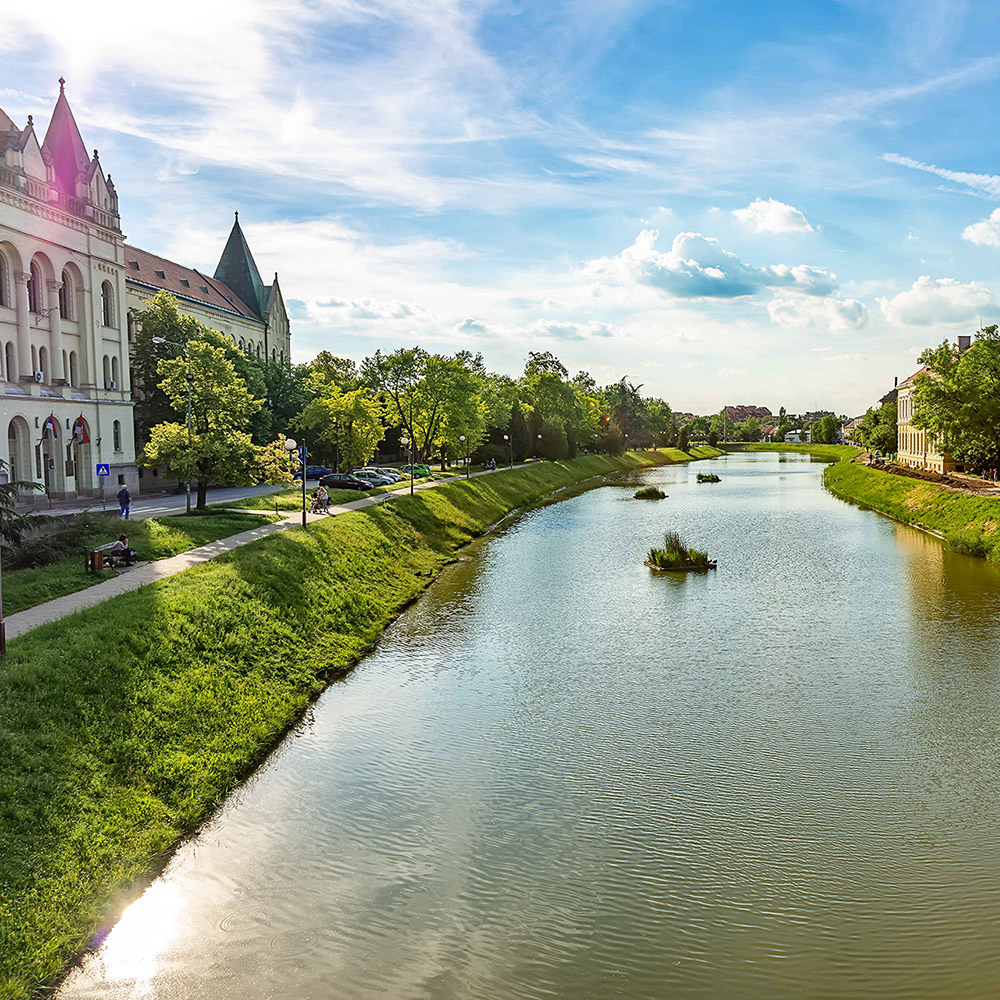
The Flatland City with Many Names and ...
by NTOSOn the banks of the Begej River, surrounded by endless plains, Zrenjanin breathes with the calm of the north, the scent of wheat, and the...
Read more -
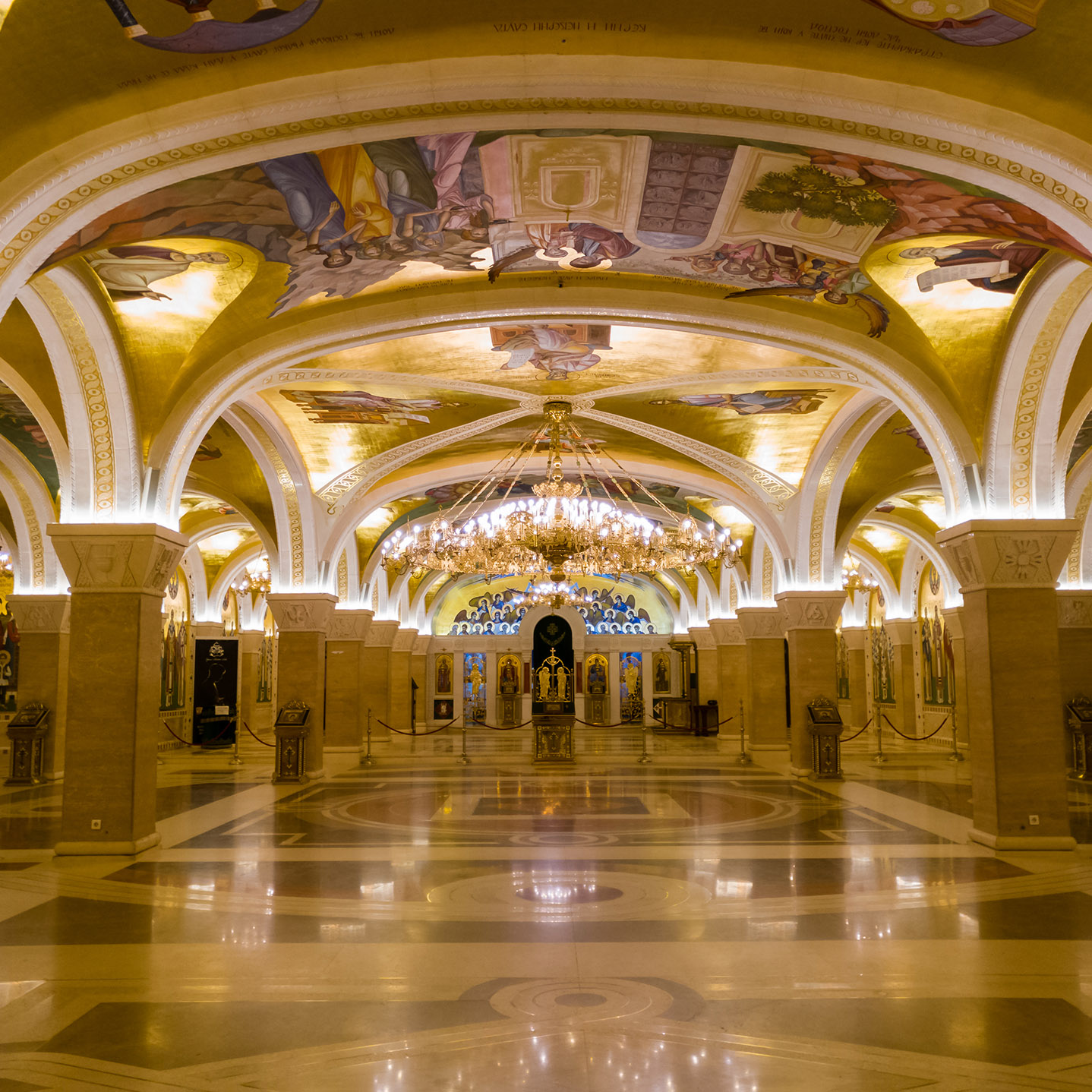
Light over Belgrade
by NTOSStepping inside, you enter a river of light made of mosaics.
Read more -
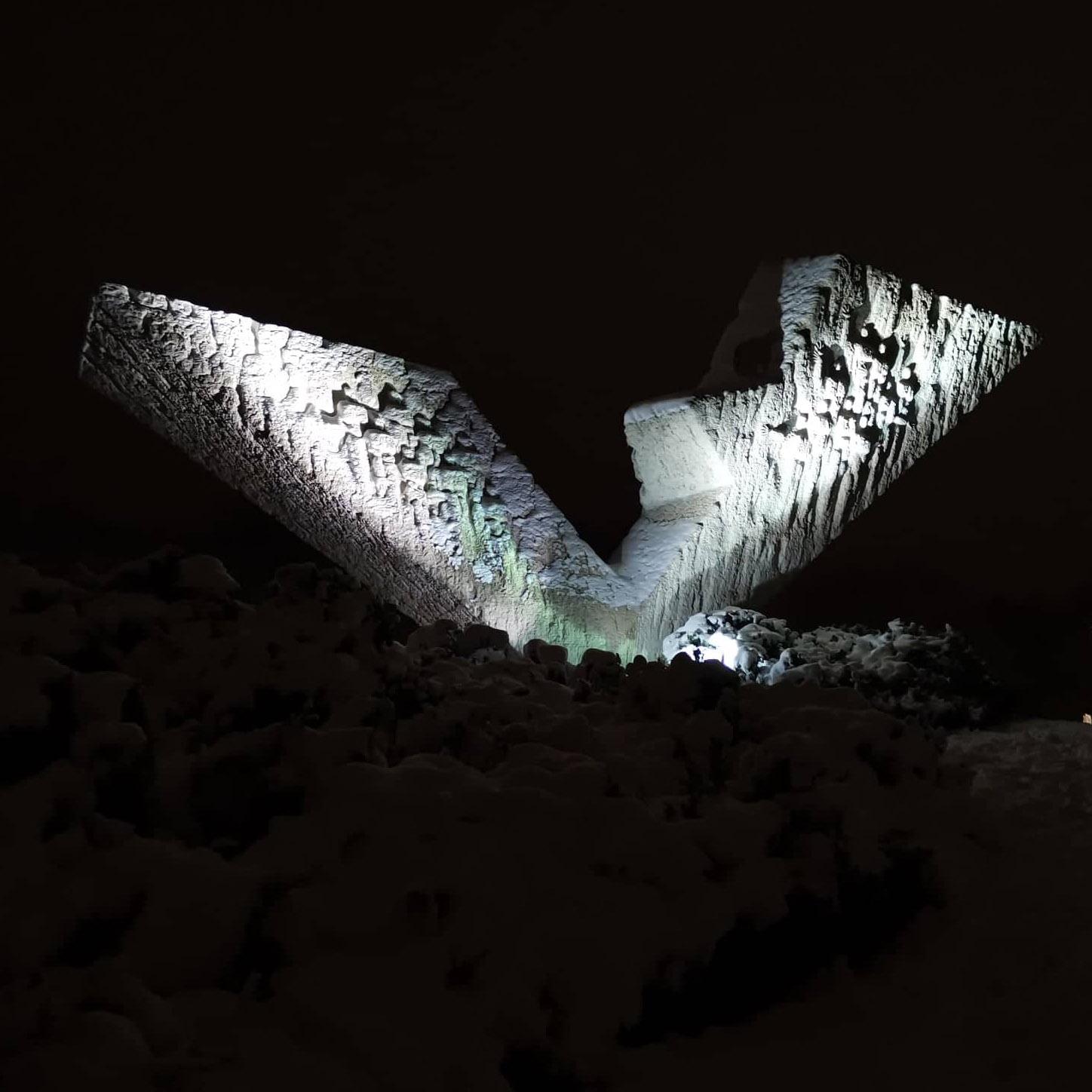
Kragujevac in October – A City That ...
by NTOSOctober gives the city an even deeper symbolism.
Read more -
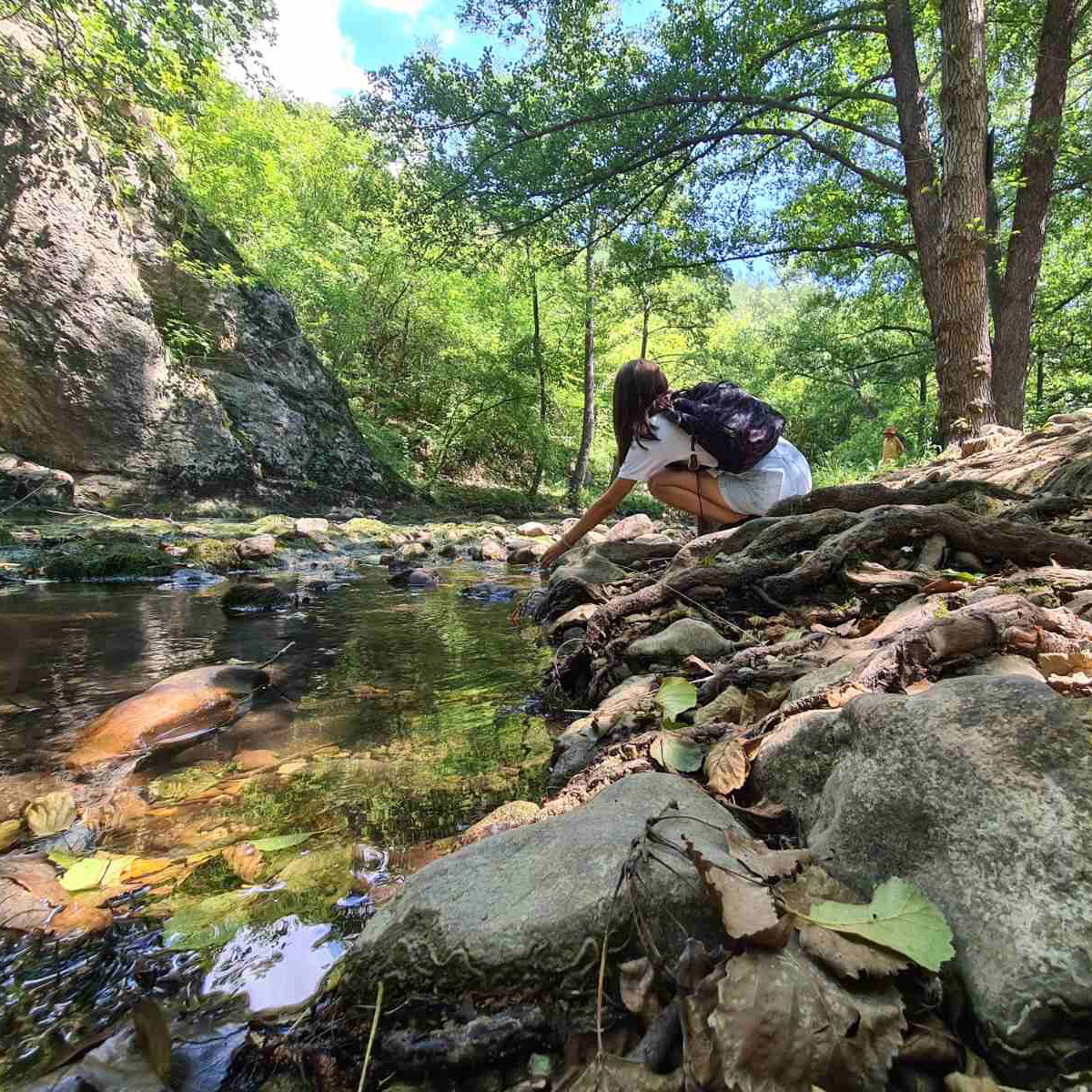
The Path to Lepterija
by NTOSThe well-arranged area – with benches, tables, and shelters – invites you to pause, to take a break from busy urban days.
Read more


